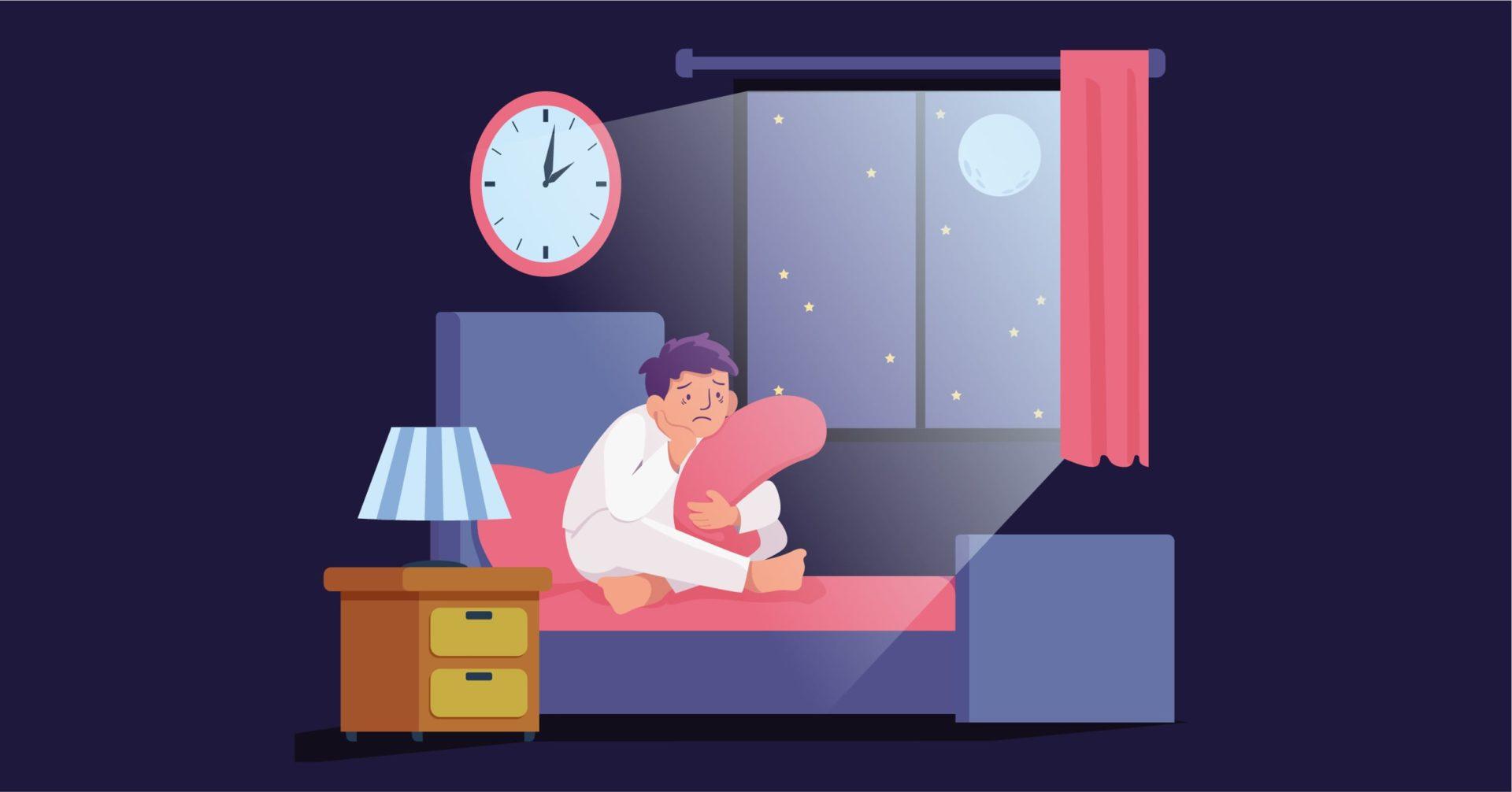Overview
Obsessive-compulsive disorder (OCD) is brought about by intrusive thoughts and images known as obsessions, contributing to increasing anxiety and distress caused to the individual, who engages in repetitive or ritualistic actions known as compulsions in an attempt to decrease or relieve the anxiety.
Most frequently, obsessions such as contamination concerns, fear of harming self or others, symmetry or precision concerns, sexual or religious concerns can be observed.
Clusters of compulsive symptoms include washing, checking, arranging/ordering and hoarding.
Higher susceptibility is observed in women during adulthood and men in adolescence and childhood.
Links have been established between OCD and unmarried individuals, those who are involved in or have a history of substance abuse, those with first-degree relatives diagnosed with the disorder, those with childhood trauma, and those with other underlying mental disorders.
Signs and Symptoms
Obsessive-Compulsive Disorder requires a medical diagnosis. The symptoms of OCD are known to be widely heterogeneous, which poses a possibility that two different patients diagnosed with the disorder may present completely differing symptoms that do not overlap.
The symptoms of OCD are categorized as either (1) obsessive types of symptoms or (2) compulsive types of symptoms.
Obsessions are intrusive thoughts, urges or images which lead to marked distress or anxiety.
Compulsions refer to repetitive or ritualistic actions that are enacted in order to reduce anxious feelings. These are excessive in nature.
Obsessive symptoms may include:
- Having excessively distressing thoughts about harming self or others
- Being obsessively concerned by contamination, dirt, or cleanliness
- Unpleasant thoughts or images that may be aggressive, sexual or religious and are unwanted
- Being unable to handle uncertainty
- An excessive concern with symmetry
Compulsive symptoms may include:
- Repeating actions excessively
- Mental acts such as counting
- Following strict routines
- Constantly checking and rechecking things
- Excessive cleaning out of fear of contamination
Individuals try to suppress these obsessive symptoms, and compulsive symptoms are carried out not in order to bring pleasure, but rather as a measure against the obsession in order to relieve anxiety.
These symptoms are often time consuming and cause significant distress to the individuals.
Most adults realize their actions are unreasonable and try to suppress them, though compulsive actions may go unrealised by children.
Risk Factors
Demographic studies pertaining to correlates of disorder have reported adolescence to be a period of increased vulnerability for OCD.
Epidemiological data has shown a female preponderance during adulthood, and a male preponderance during childhood and adolescence, and evidence suggests that those who are unmarried or are involved in substance abuse are more likely to experience symptoms.
Genetics and familial history are considered to be causative factors, especially in early onset OCD.
There are ongoing studies pertaining to structural changes in the brain in those with OCD, with evidences of differences in the basal ganglia and subcortical structures, such as significant grey matter volumetric differences in the dorsal cortical regions, which highlight the need for more conclusive research.
Studies have also suggested that individuals exhibiting underlying conditions such as depression, bipolar disorder, phobic disorders, and tic disorders may be at increased risk of OCD.
Additionally, a number of studies have indicated OCD being triggered by streptococcal infection.
The effect of childhood environmental factors such as trauma or undesirable life events have been evident across various lines of research, becoming more prominent in dimensional studies. Temperamental and conduct issues in childhood also predicted specific dimension symptoms.
Diagnosis
Psychological evaluations of individuals are usually based on the diagnostic criteria outlined in the DSM-5.
In addition to the presence of obsessions and compulsions, the following criteria are important in determining a diagnosis:
- The obsessions or compulsions are time consuming, taking more than one hour per day, or cause significant distress or impairment in social, occupation or other important areas of functioning
- The obsessive-compulsive symptoms are not caused by physiological side-effects of a substance or another medical condition
- The disturbance is not better described by another mental disorder
The most frequently identified obsessions are that of contamination, pathological doubt, symmetry, exactness and perfectionism, and religiously inclined.
The most frequently identified compulsions are washing and cleaning, checking, arranging, hoarding, counting, repeating, and avoidance.
The DSM-5 also offers certain specifiers that accompany the diagnostic criteria. Most of these are based on the degree of knowledge the individuals possess pertaining to the rationality of their beliefs. Individuals may present with:
- good/fair insight, wherein they understand that their compulsive actions or thoughts have no physical effect in resolving their obsessions
- poor insight, wherein they consider it probable that their compulsive actions or thoughts may have some effect in resolving their obsessions
- absent insight/delusional belief, wherein individuals are certain that their compulsive actions or thoughts will resolve their obsessions
Healthcare professionals use structured clinical interviews in order to reach a conclusive diagnosis. It is important to consider differential diagnoses when it comes to OCD, because the symptoms can often overlap with other mental disorders.
It is also crucial to take into account possible comorbidities. While symptoms of comorbid disorders are often managed and alleviated along with treatment of OCD, if left untreated they may interfere with the treatment.
Treatment
Pharmacological investigation has proved the efficacy of drugs that inhibit synaptic reuptake of serotonin, making SSRIs the first line of treatment for OCD.
According to standard pharmacological procedure, a 10 to 12-week trial of SSRI therapy is administered before considering alternative therapies.
When there is no response to SSRI therapy, switching to another SSRI or using it in combination with other medication may be an option. Some evidence suggests an improved response on combination of an SSRI with a neuroleptic.
Psychotherapeutic modes of treatment heavily feature Cognitive Behavioral Therapy (CBT), a mainstay for OCD treatment. In CBT sessions, the patient usually faces a feared object or activity without engaging in their compulsive activity.
CBT is either used in addition with or in place of SSRI therapy, influenced by factors such as the patient’s willingness and the presence of comorbidity.
There is also some evidence of CBT being effective in preventing relapse after the termination of pharmacotherapy. Group therapy has also proved to be beneficial for OCD patients.
Treatment-resistance is often observed, with 40-60% of patients not responding to SSRI therapy, and some patients who only experience partial remission.
In such case, partial or complete hospitalisation may be required to ensure adequate engagement in pharmacotherapy as well as psychotherapy.
In severe cases, brain stimulation methods such as transcranial magnetic stimulation or deep brain stimulation may be implemented.
Differential Diagnosis
1. Anxiety disorders: Recurrent thoughts, avoidant behaviors, and repetitive requests for reassurance can also occur in anxiety disorders. However, the recurrent thoughts that are present in generalized anxiety disorder are usually about real-life concerns, whereas the obsessions of OCD usually do not involve real-life concerns.
2. Major depressive disorder: OCD can be distinguished from major depressive disorder, in which thoughts are usually mood-congruent and not necessarily experienced as intrusive or distressing.
3. Other obsessive-compulsive and related disorders: Disorders like body dysmorphic disorder, trichotillomania and hoarding disorder have similar symptoms to obsessive-compulsive disorder but they are related only to some aspects of OCD.
4. Eating disorders: OCD can be distinguished from anorexia nervosa ast in OCD the obsessions and compulsions are not limited to concerns about weight and food.
5. Tics: Tics and stereotyped movements are typically less complex than compulsions and are not aimed at neutralizing obsessions. However, distinguishing between complex tics and compulsions can be difficult. Whereas compulsions are usually preceded by obsessions, tics are often preceded by premonitory sensory urges.
5. Psychotic disorders: Some individuals with OCD have poor insight or even delusional OCD beliefs. However, they have obsessions and compulsions and do not have other features of schizophrenia or schizoaffective disorder.
6. Other compulsive-like behaviors: Certain behaviors are sometimes described as compulsive, including sexual behavior, gambling, and substance use.
7. Obsessive-compulsive personality disorder: Although obsessive-compulsive personality disorder and OCD have similar names, the clinical manifestations of these disorders are quite different. Obsessive-compulsive personality disorder is not characterized by intrusive thoughts, images, or urges or by repetitive behaviors that are performed in response to these intrusions.
Comorbidity
OCD is often comorbid with anxiety disorder, depressive disorder, bipolar disorder, eating disorder, Tourette’s disorder and PTSD.
Specialist
Patients with OCD may seek help for physical symptoms before approaching mental healthcare professionals.
In such cases, it is possible for individuals to first approach general practitioners, dermatologists, oncologists, neurologists, obstetricians, gynaecologists, cosmetic surgeons, or genitourinary specialists.
In these scenarios, screening questions may help in determining the possibility of OCD as a diagnosis. Doctors may carry out laboratory tests to rule out other potential underlying causes of symptoms.
The diagnosis and treatment of OCD are carried out by qualified psychiatrists and clinical psychologists specializing in treatment of the disorder.
Physical manifestations (such as dry or damaged skin due to extensive washing and scrubbing) are treated by the relevant corresponding doctors and specialists.





